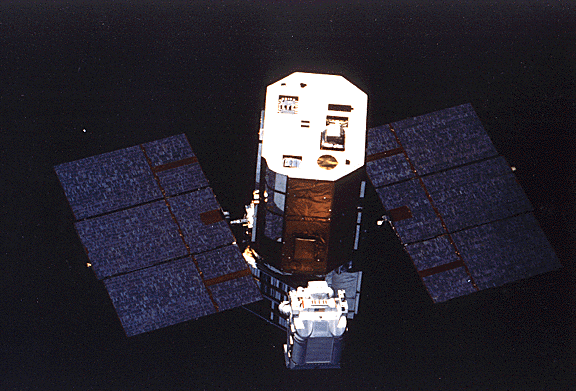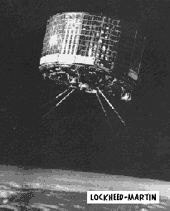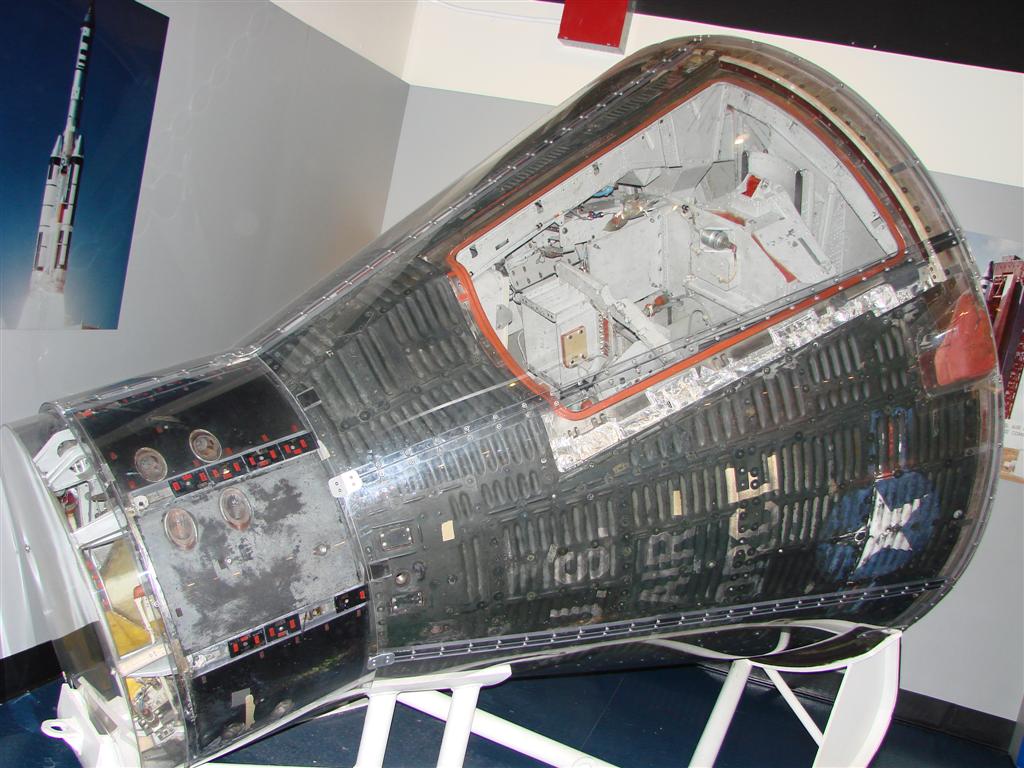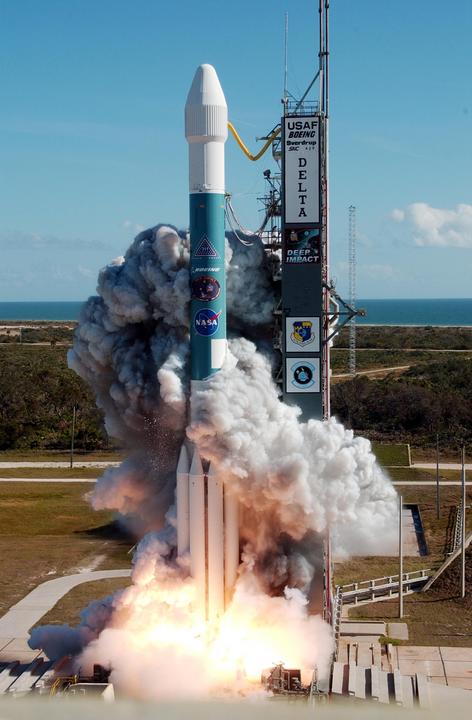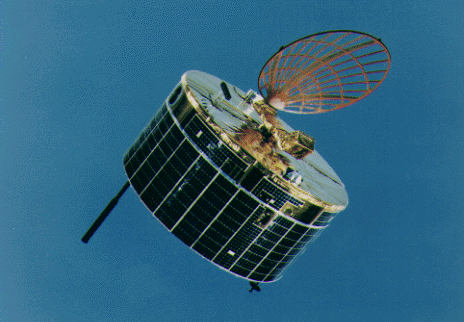Forty-five years ago today — February 16, 1965 — the Apollo boilerplate mission SA-9 launched from Cape Canaveral. The Saturn-I booster carried a “boilerplate” Apollo capsule and tried out elements of the Apollo launch sequence, but also carried its first live payload: the Pegasus-1 micrometeoroid detection satellite.

(Wernher von Braun in front of a Saturn-IB rocket, 1968. NASA image.)
The Pegasus-1 spacecraft was equipped with large wings — 29.3 x 4.3 meters, nearly 100 feet by 14 — that detected impacts by micrometeoroids in the flight regime through which Apollo astronauts would fly on their way to the Moon. This Wikipedia page has more information on the Pegasus itself.




